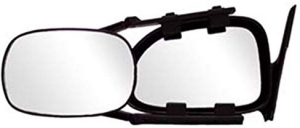-
Welcome to Tacoma World!
You are currently viewing as a guest! To get full-access, you need to register for a FREE account.
As a registered member, you’ll be able to:- Participate in all Tacoma discussion topics
- Communicate privately with other Tacoma owners from around the world
- Post your own photos in our Members Gallery
- Access all special features of the site
Wanting to Change brakes
Discussion in '2nd Gen. Tacomas (2005-2015)' started by Rusty 06 4x4, Sep 26, 2011.


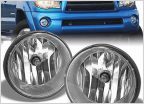 5lug lighting
5lug lighting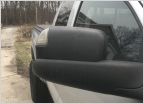 2007 tow mirrors
2007 tow mirrors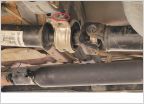 SOLVED: Loose bearing chirping/squealing sound driving me insane!
SOLVED: Loose bearing chirping/squealing sound driving me insane!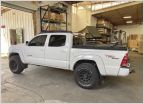 Help with stiff suspension
Help with stiff suspension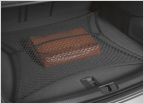 Good cargo net?
Good cargo net?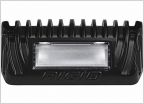 Mounting a side light bar under a Prinsu CabRack
Mounting a side light bar under a Prinsu CabRack











